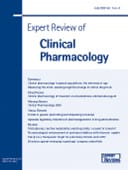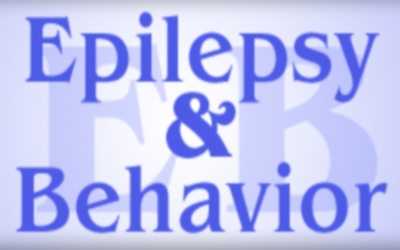
“Diseases with inflammatory etiopathology have increased in incidence in recent times. Drugs used for therapeutic management of such inflammatory diseases are relieving the ailment but at the same time also countering serious life-threatening consequences. Moreover, they are costly and rarely available at all places. In this context, research and development on medicinal herbs have opened a new era in the prophylactic and therapeutic management of inflammatory diseases.
OBJECTIVE:
To highlight the importance of anti-inflammatory medicine-synthetic drugs and natural herbs, their constituents, mechanism of action, benefits, side effects and future prospects. The overall aim is to provide better health services to patiens regardless of their background on equality basis.
RESULTS:
Anti-inflammatory herbs have proven beneficial by combating inflammatory responses that lead to severe abnormality in body systems. Inflammation though a protective response to infection or injury and may result in pathological outcome when aggravated or of severe degree thus needs an early intervention for proper resolution. Medicinal plants or their constituents are considered beneficial due to the properties i.e., satisfactory potency, ease of availability, cheapness, less or no side effects, safer and efficient as compared to the synthetic counterparts. These medicinal herbs contain phytoconstituents that can prevent undesirable inflammatory processes and also posses anti-inflammatory activity. Steroids, glycosides, phenolics, flavonoids, alkaloids, polysaccharides, terpenoids, cannabinoids, fatty acids are common phytoconstituents present in these plants. Different mechanisms have been explored for the anti-inflammatory action of these active ingredients. They may synergize the anti-inflammatory pathway enzymes, factors, proteins or interfere with these in the inflammatory pathway like lipooxygenases, cyclooxygenases, tumor necrosis factors, interleukins, prostaglandin, nitric oxide, mitogen-activated protein, nuclear factor, etc. Considering all the above-mentioned factors, further research from molecular to cellular level will enable a better understanding of the mechanisms. Common anti-inflammatory herbal plants are Curcuma longa, Zingiber officinale, Rosmarinus officinalis, Borago officinalis, Urtica dioica, Uncaria tomentosa, Vaccinium myrtillus, Olea europaea and much more. They are believed to be without side effects unlike the chemical counterparts or synthetic anti-inflammatory agents e.g. steroids, nonsteroid anti-inflammatory drugs, and immunosuppressant used for controlling and suppressing inflammatory crisis. A proper phytochemical, pharmacological and physiological evaluation will enable their safe and effective use in inflammatory conditions. Many of these anti-inflammatory drugs and herbal preparations have been patented with some under consideration.
CONCLUSION:
Natural herbs are safe, effective and better options as anti-inflammatory agents than synthetic ones. The phytoconstituents are as effective with the comparable mechanism of action as synthetic molecules. Future research should focus on molecular mechanisms of different beneficial applications of these herbal plants in various diseases. Recent patents on anti-inflammatory drugs and herbal plants have been covered which provide insight into the current status and future prospects in this field.”
https://www.ncbi.nlm.nih.gov/pubmed/29336271 http://www.eurekaselect.com/159064/article
“Cannabinoids for the treatment of inflammation.” http://www.ncbi.nlm.nih.gov/pubmed/17520866
“Cannabis-based drugs have been shown to be effective in inflammatory diseases.” https://www.ncbi.nlm.nih.gov/pubmed/29110674
http://www.thctotalhealthcare.com/tag/anti-inflammatory/


 “There can be a fine line between therapeutic intervention and substance abuse, and this point is clearly exemplified in herbal cannabis and its products. Therapies involving cannabis have been the treatment of last resort for some cases of refractory epilepsy, and this has been among the strongest medical justifications for legalization of marijuana. In order to circumvent the narcotic effects of Δ9-tetrahydrocannabinol (THC), many studies have concentrated on its less intoxicating isomer cannabidiol (CBD). However, CBD, like all natural
“There can be a fine line between therapeutic intervention and substance abuse, and this point is clearly exemplified in herbal cannabis and its products. Therapies involving cannabis have been the treatment of last resort for some cases of refractory epilepsy, and this has been among the strongest medical justifications for legalization of marijuana. In order to circumvent the narcotic effects of Δ9-tetrahydrocannabinol (THC), many studies have concentrated on its less intoxicating isomer cannabidiol (CBD). However, CBD, like all natural 






